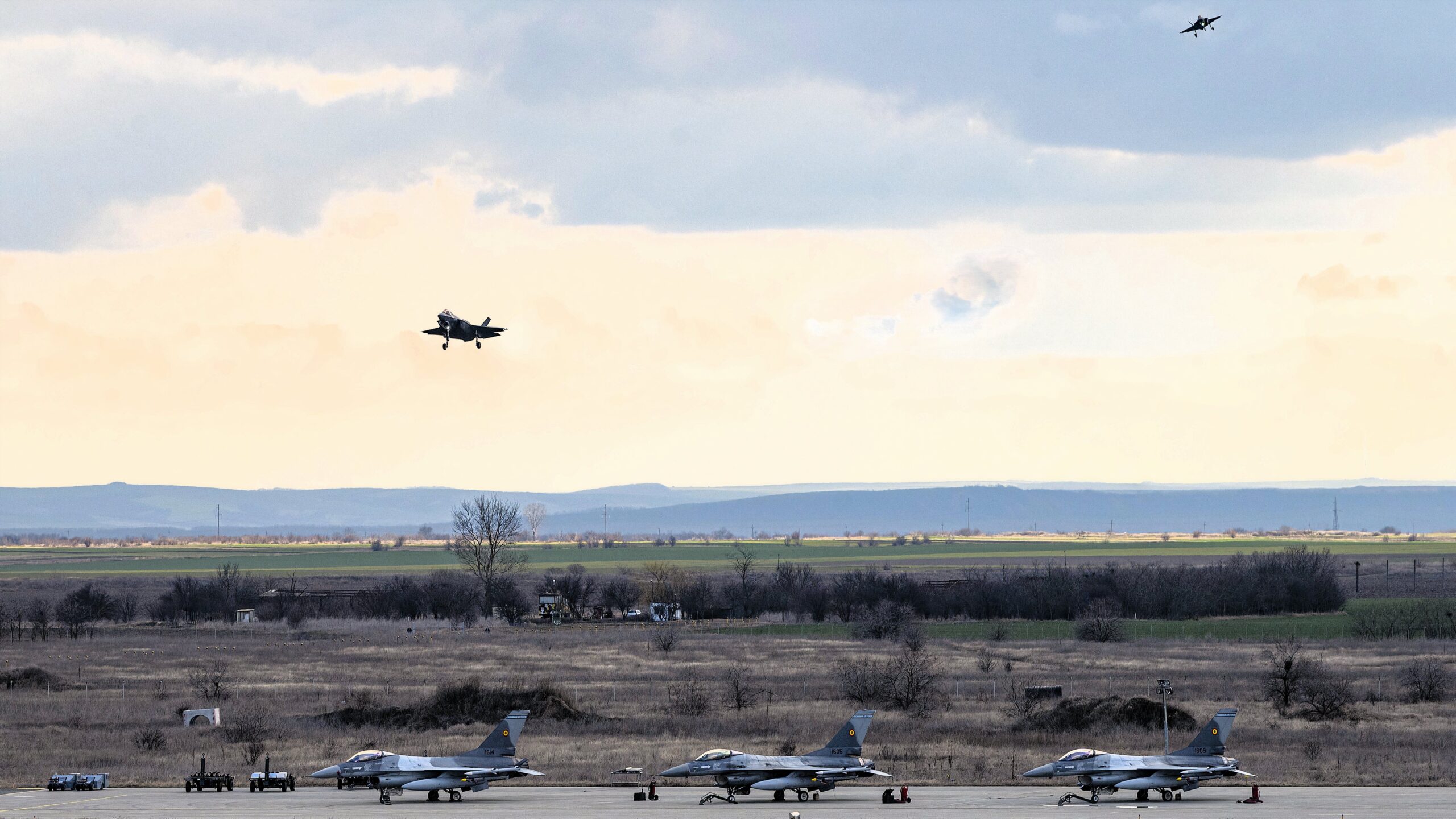Summary
- US approves sale of 32 F-35As to Romania – $6.4B deal for next-gen fighter jets.
- The purchaseaims to boost NATO deterrence.
- Joining other NATO members in the F-35 club promotes regional security and stability.
In a September 13 statement, the United States (US) Embassy to Romania announced that the Eastern European democracy and North Atlantic Treaty Organization ( NATO
) member had received clearance from the US Secretary of State to join the F-35
club. The purchase of 32 F-35As will revitalize the Romanian Air Force and provide spares and technology transfer to push Romania ahead.
$6.4 Billion sale of F-35As, spares
The US Secretary of State has now approved 32 Lockheed Martin F-35As Lightning IIs (aka Panthers) and 33 Pratt & Whitney F135-PW-100 turbofan engines. This allows Romania
to have two squadrons of the most advanced Western fighter jet, complete with modern sensors and more. First deliveries to Romania are expected in 2031.
The endeavor has been a goal for the Romanian Air Force for some time. As New Strategy Center CEO George Scutaru shared with Simple Flying last April,
“The most important decision by the Romanian Parliament two or three months ago was the decision to approve the acquisition of 32 F-35 airplanes. … I think that together with Poland and the Czech Republic, these three countries will have an important number of F-35s to represent the core of NATO deterrence on the eastern flank.”
Additionally, the Romanians are investing in upgrading facilities and proving capable of pulling their weight by operating second-hand F-16
s and serving as a training center.
The U.S. Ambassador to Romania Kathleen Kavalec, made clear on September 13 that,
“Romania is a key NATO Ally in promoting security and stability in the Black Sea region and beyond. The F-35As will provide Romania with unparalleled air defense capabilities and enhance interoperability among NATO air forces.”
But what does interoperability among NATO air forces mean? Is that a political buzzword, or is there something aviation-centric to that? Let’s look.
Exploring interoperability with the F-35
Indeed, interoperability is a key reason for this purchase. As United States Air Force (USAF) Colonel Peter Lee recently explained on the USAF Academy “The Flyover Podcast”, Colonel Lee learned how to fly in the F-35 alongside students of other nations at Luke Air Force Base, a multi-national integrated facility in Arizona, United States near Phoenix. The training alongside pilots of other nations like Norway breeds trust as Colonel Lee explained.
Ultimately, as Colonel Lee shared on the podcast,
“That is what interoperability is. It’s not we’re in the same squadron patch. It’s actually trusting each other enough to send your most precious commodity, which is your combat-trained lieutenants, through those programs and into harm’s way. And we did that.”
This ability to trust pilots of other nations because they fly the same combat aircraft with the same engines plus relatively the same sensor suite with the same training is key. Romanian pilots will have access to the same training opportunities to build interoperability.
Furthermore, as part of NATO’s immediate response to Russia’s full invasion of Ukraine on February 24, 2022 – USAF F-35As from the 388th Fighter Wing at Hill Air Force Base, Utah, and F-16Cs of the 480th Fighter Squadron at Spangdahlem Air Base, Germany forward deployed to Romania. Other NATO fighter squadrons have and will continue to do so to provide both deterrence and interoperability.
Bottom Line: Joining a growing number of NATO members flying F-35s
Additionally, not only is the United States buying all three variants of the F-35 for its military branches with a recent acquisition plan explored by Simple Flying, but other NATO nations are also buying F-35s. Below is an alphabetical list of NATO members about to buy or have bought F-35s, noting that other NATO nations such as Spain and Portugal are considering or working towards joining the F-35 club.
- Belgium
- Czech Republic
- Denmark
- Germany
- Greece
- Finland
- Poland
- Romania
- The Netherlands (Dutch)
- United Kingdom
- United States
Already, some of the member nations have accepted the responsibility of having nuclear weapons available for their F-35s as an ultimate last resort. The first were the Dutch.
Since NATO members are committed to the common defense as per Article 5 of the treaty, good fighter jet interoperability helps guarantee the treaty. Each new nation becoming a member of the NATO family will now share training, logistics, and most importantly: trust.


![3587996 - 16x9 - Luke AFB Monsoon [Image 4 of 4]](https://static1.simpleflyingimages.com/wordpress/wp-content/uploads/2024/09/3587996-16x9.jpg)